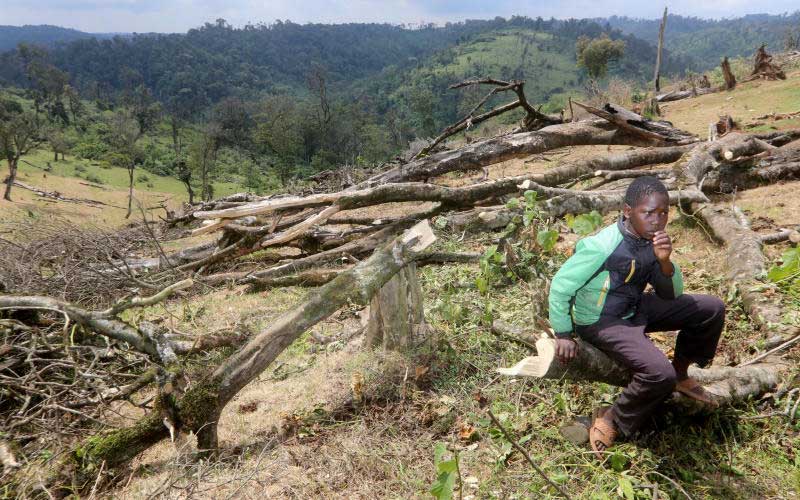×
The Standard e-Paper
Stay Informed, Even Offline

Masai Mara Game Reserve and lakes and rivers in the Rift Valley have been hard hit by the ongoing drought, thanks to the continued encroachment on the Mau Forest complex.
The destruction of the vital water catchment area has also raised concerns about the dwindling Lake Victoria water flow.